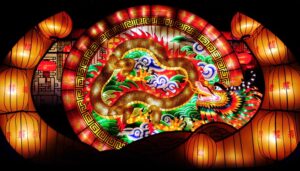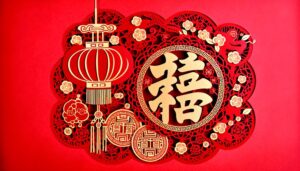Symbol for Sister in Chinese?
In Chinese, the symbols for sister are 姐姐 (jiějiě) for older sister and 妹妹 (mèimei) for younger sister. These characters incorporate the female radical (女), indicating gender, and additional radicals signifying hierarchical family roles.
The compositions are deeply rooted in Confucian values, emphasizing filial piety and the importance of family structure. Each character reflects societal regard for familial duties and respect for elder and younger siblings alike.
Exploring these symbols offers a window into the linguistic depth and cultural traditions that shape Chinese family dynamics. Continue to uncover the profound significance behind these characters.
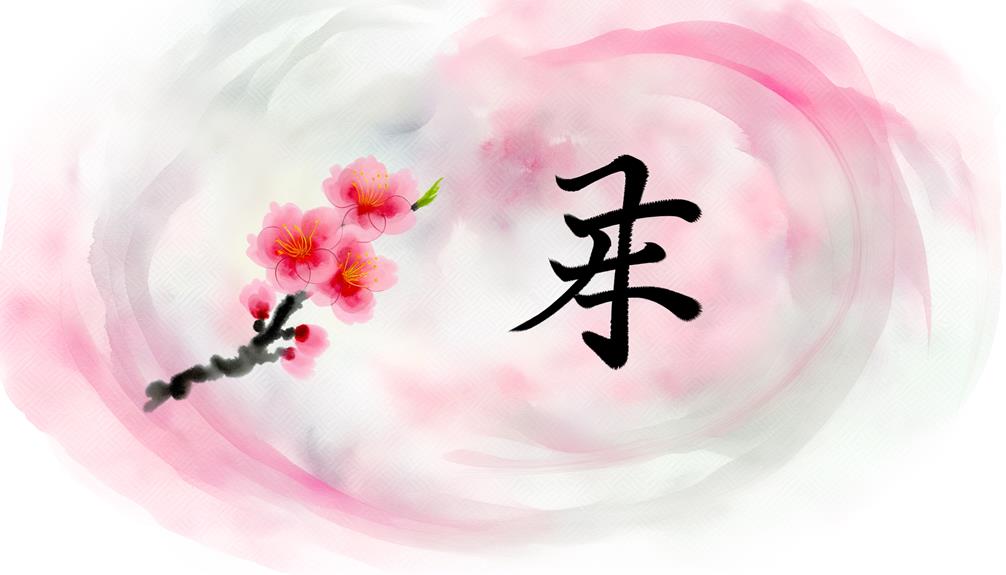
Key Takeaways
- The symbol for "older sister" is 姐 (jiě), incorporating the female radical and emphasizing hierarchical familial roles.
- The character for "younger sister" is 妹 (mèi), combining the female radical with a character denoting youth.
- Both characters reflect Confucian values, highlighting family importance and respect for elders.
- The female radical 女 is a common element in both characters, indicating gender.
- The characters illustrate cultural emphasis on lineage, generational roles, and familial duty.
Understanding Chinese Characters
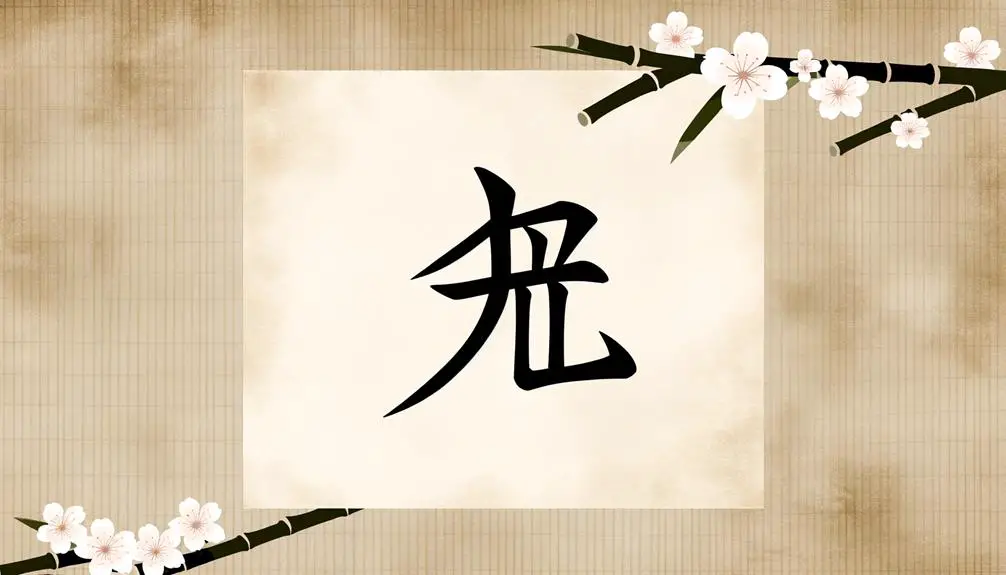
Understanding Chinese characters requires delving into their intricate logographic nature, where each symbol represents both meaning and pronunciation, often rooted in millennia of cultural and historical evolution.
Chinese characters, or 汉字 (hànzì), are primarily composed of radicals—smaller components that hint at the character's meaning or sound. These radicals are remnants of ancient pictographs and ideographs, reflecting elements of nature, human activities, and societal structures.
For instance, the character 妹 (mèi), meaning 'younger sister,' incorporates the radical 女 (nǚ), which signifies 'female' and is prevalent in characters related to women.
The interplay of phonetic and semantic elements within each character offers a window into the linguistic and cultural heritage of China, making the study of 汉字 an exploration of civilization itself.
Symbol for Older Sister
Building upon the intricacies of Chinese characters, the symbol for 'older sister,' represented as 姐 (jiĞ), similarly incorporates the female radical 女 (nǚ), underscoring the cultural significance of familial roles within the lexicon.
This character, combining 女 with 且 (qiĞ), not only signifies gender but also reflects hierarchical status within the family unit.
Historically, the role of the older sister has been one of guidance and support, a reflection of Confucian values emphasizing familial duty and respect for elders.
The choice of radicals and components in 姐 conveys both the gender and the revered position of the older sister, illustrating the depth of meaning embedded in Chinese characters and the importance of family in Chinese culture.
Symbol for Younger Sister
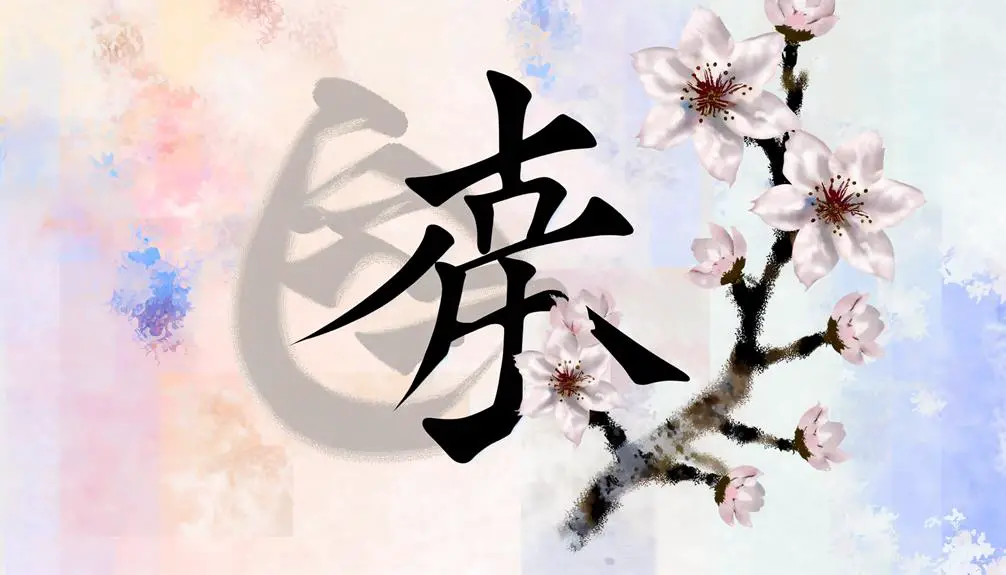
The symbol for 'younger sister,' represented as 妹 (mèi), also incorporates the female radical 女 (nǚ), signifying gender and familial relationship, and it combines with 未 (wèi), which historically conveys a sense of future or youth, reflecting the younger sister's position within the family hierarchy.
This character composition underscores the Confucian values prevalent in Chinese culture, where family roles and relationships are meticulously defined. The use of 女 (nǚ) is consistent with other kinship terms, reinforcing the importance of women within the familial structure.
Understanding 妹 (mèi) requires an appreciation of both the linguistic elements and the cultural emphasis on lineage and generational roles, integral to traditional Chinese society.
Etymology of Jiějiě
In exploring the etymology of 姐姐 (jiějiě), which signifies 'older sister,' it is important to note its distinct yet complementary construction to 妹 (mèi), reflecting the hierarchical and gendered nuances within traditional Chinese kinship terminology.
The character 姐 (jiě) is composed of the 女 (nǚ) radical, denoting 'female,' and 且 (qiě), which historically implies continuity or duration. This construction underscores the elder sister's role within the family structure.
The reduplication of the term (姐姐) adds an affectionate tone, emphasizing familial warmth and respect. Rooted in Confucian values, this term reflects the elder sister's responsibility and respect within the familial hierarchy, a significant aspect in Chinese culture.
Etymology of Mèimèi
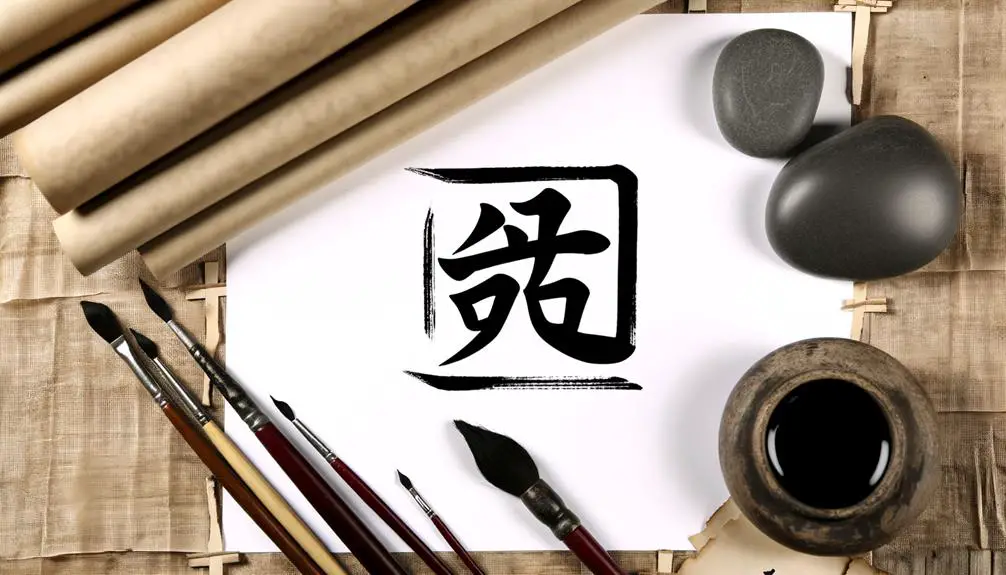
A key element in understanding the etymology of 妹妹 (mèimèi), meaning 'younger sister,' lies in the distinct combination of the 女 (nǚ) radical, indicating 'female,' with the character 未 (wèi), which historically represents 'not yet' or 'future,' signifying the younger sibling's role within the family hierarchy. The 女 radical is a common component in characters related to females, emphasizing gender. The 未 character, on the other hand, conveys a sense of youth and future potential.
| Character | Pinyin | Meaning |
|---|---|---|
| 妹 | mèi | Younger sister |
| 女 | nǚ | Female |
| 未 | wèi | Not yet |
| 妹妹 | mèimèi | Younger sister |
| 女 | nǚ | Female |
This etymological structure underscores the anticipated growth and development of a younger sister within traditional Chinese families.
Cultural Significance
The Chinese character for sister, particularly 'mèimèi' (妹妹), holds profound cultural significance, symbolizing familial bonds and respect for kinship.
In traditional Chinese society, the character encapsulates the values of filial piety and hierarchical family structures, reflecting Confucian ideals.
This symbolism extends to literature and art, where sisters are often depicted as embodiments of loyalty and familial duty.
Family Bonds Representation
Within Chinese culture, the symbol for sister encapsulates deep familial bonds and reflects the importance of kinship and hierarchical relationships. The Chinese characters for older sister (姐姐, jiějiě) and younger sister (妹妹, mèimei) are more than mere designations; they represent deeply ingrained social structures and filial piety. Historically, Confucian ideals emphasized the significance of family and respect for elders. This is mirrored in the distinct characters used to denote siblings, underscoring relational roles and age distinctions.
| Character | Pinyin | Relationship |
|---|---|---|
| 姐姐 | jiějiě | Older Sister |
| 妹妹 | mèimei | Younger Sister |
| 家 | jiā | Family/Home |
These symbols carry the weight of centuries-old traditions and social values, highlighting the enduring relevance of family in Chinese society.
Traditional Symbolism Insights
Traditional Chinese symbols for familial roles, such as those for sisters, encompass profound cultural significance rooted in Confucian ideals and historical practices.
The character 姊 (zǐ) for older sister and 妹 (mèi) for younger sister reflect the hierarchical structure fundamental to Confucian thought, emphasizing respect and duty within family dynamics.
Historically, these symbols were integral to the societal fabric, reinforcing familial bonds and social stability. The symbolism extends beyond mere representation; it encodes the virtues of filial piety and harmonious relationships that were pivotal in ancient Chinese society.
Understanding these symbols within their cultural and historical context offers deeper insights into the enduring values that continue to shape Chinese familial interactions today.
Familial Relationships in Language
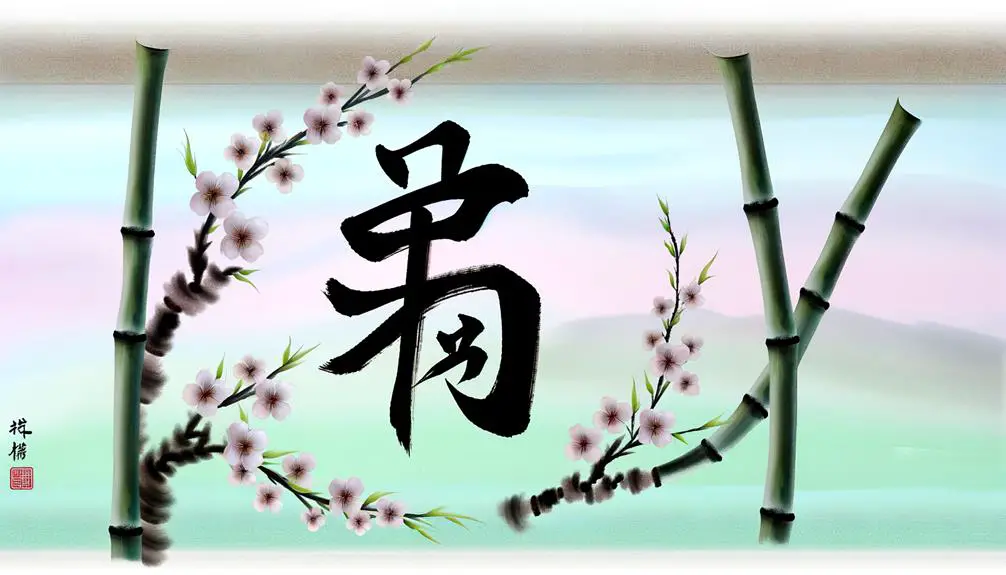
Language often intricately reflects the cultural significance of familial relationships, as seen in the Chinese characters for family members, which convey both respect and relational context. In Chinese, familial terms are rich with historical and cultural nuances, elucidating the Confucian values of filial piety and hierarchical respect. For example, the term for elder sister, 姐姐 (jiějiě), and younger sister, 妹妹 (mèimèi), distinctly highlight age and status within the family structure.
| Relationship | Chinese Character |
|---|---|
| Father | 父亲 (fùqīn) |
| Mother | 母亲 (mǔqīn) |
| Elder Brother | 哥哥 (gēgē) |
| Elder Sister | 姐姐 (jiějiě) |
| Younger Sister | 妹妹 (mèimèi) |
These terms exemplify how language preserves social harmony and familial loyalty, reflecting a deep-seated respect for ancestry and kinship.
Conclusion
In exploring the Chinese characters for 'older sister' (姐姐, jiějiě) and 'younger sister' (妹妹, mèimei), the linguistic intricacies and cultural significance of familial terminology are illuminated. These symbols, deeply rooted in historical etymology, reflect the profound importance of family hierarchy in Chinese society.
Understanding these terms is akin to peeling back layers of an onion, revealing the deep-seated values and relationships that shape cultural identity. The study therefore underscores the symbiotic relationship between language and cultural heritage.

